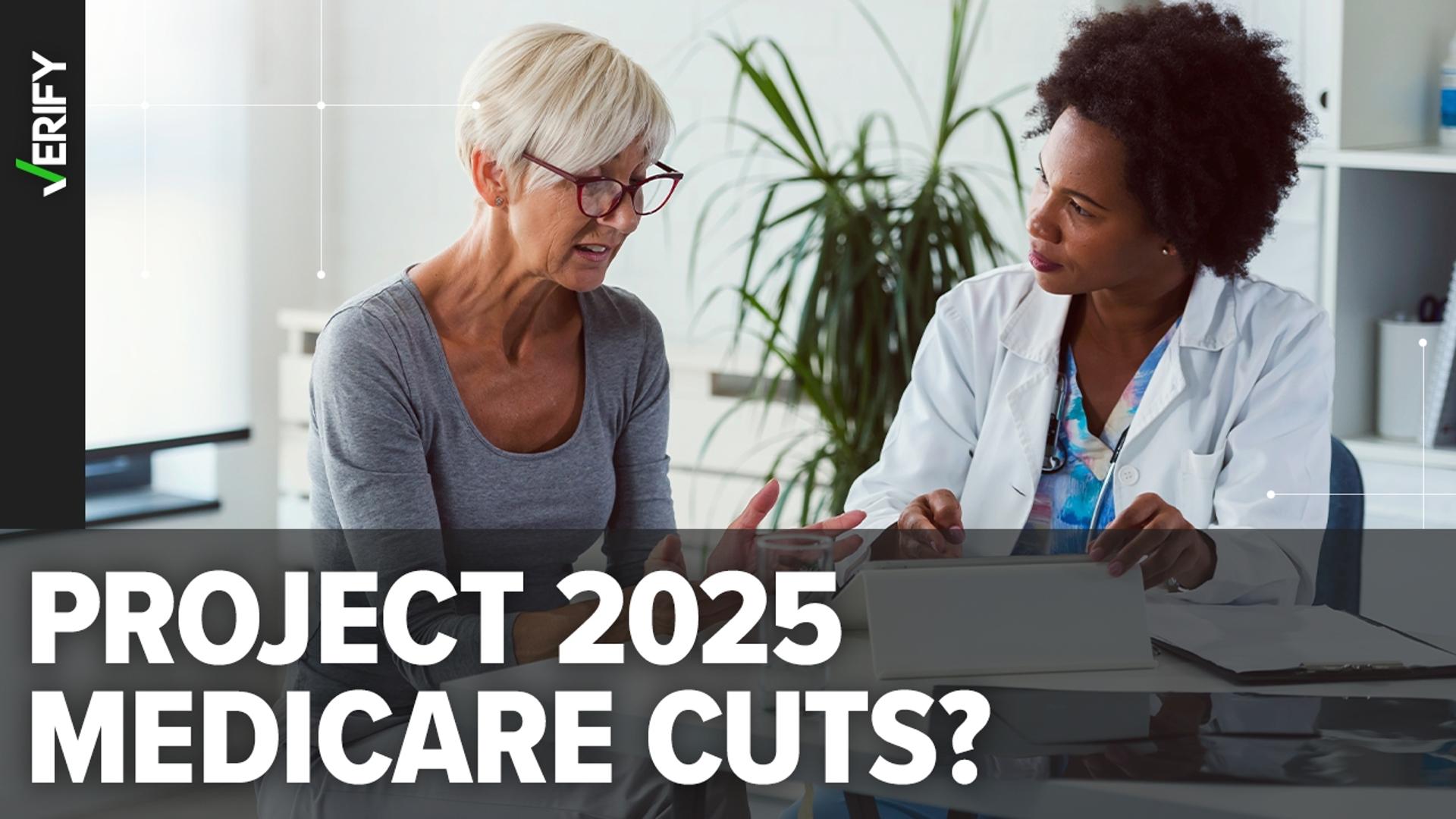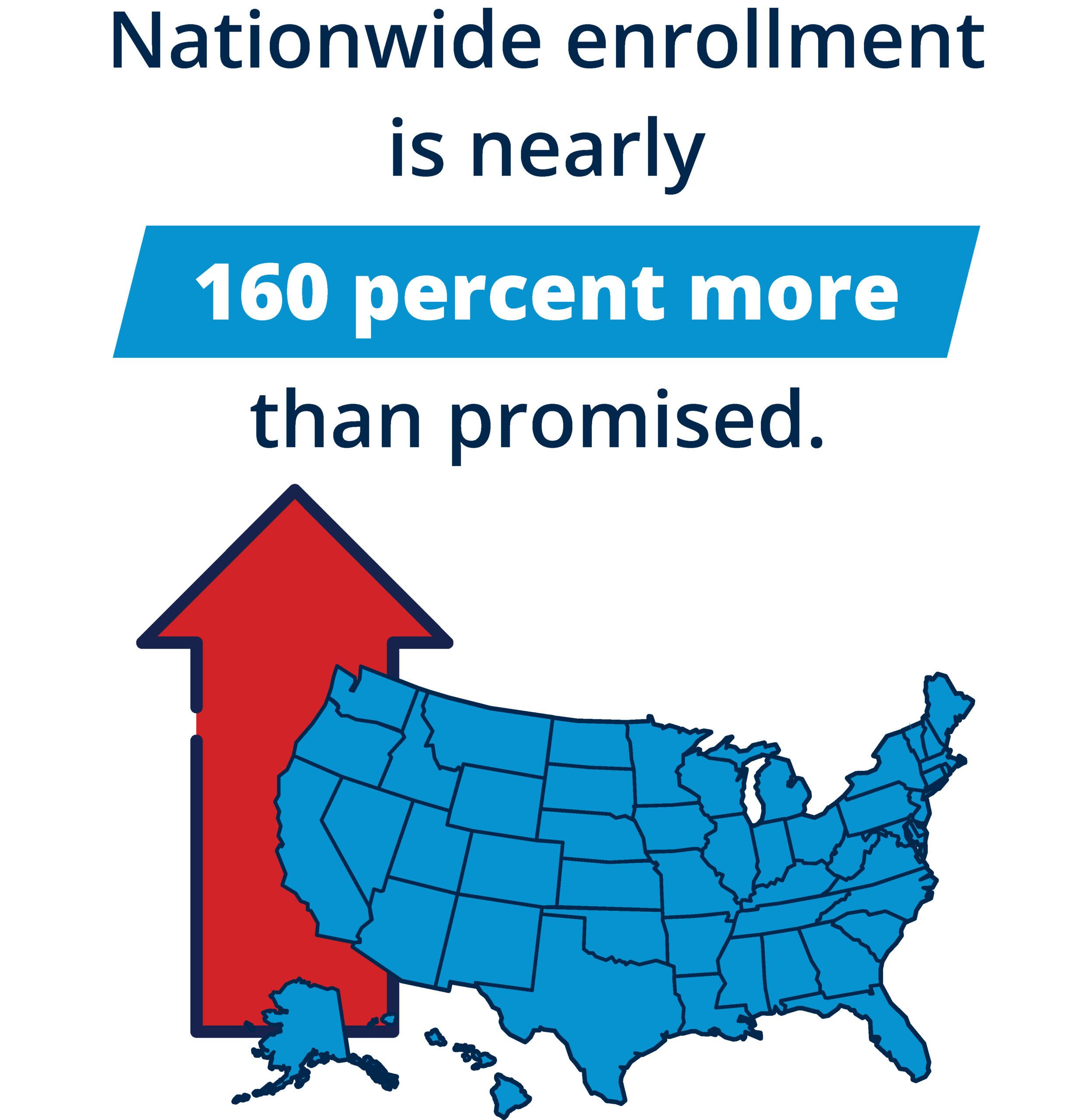As the political landscape shifts and evolves in anticipation of a potential second term for Donald Trump, one of the most intriguing figures entering the fold is Dr. Mehmet Oz. Known for his polarizing presence as a television personality and a skilled cardiothoracic surgeon, Oz’s ascension to a prominent role in the Trump administration could signal significant changes for two of the most vital pillars of American healthcare: Medicaid and Medicare. With a detailed exploration of Dr. Oz’s background, medical expertise, and political ambitions, this article delves into how his unique perspectives on health care policy may influence the future of these essential programs. As discussions surrounding healthcare reform continue to dominate national conversations, understanding Oz’s vision is crucial for anyone keen on the evolving dynamics of U.S. health policy.
The Vision for Medicare: Dr. Ozs Proposals for a More Accessible Future
Dr. Oz envisions a Medicare system that prioritizes accessibility and efficiency, aiming to eliminate barriers that currently hinder patients from receiving the care they deserve. One of his key proposals includes the implementation of telehealth services to ensure that vulnerable populations, especially those in rural areas, can access medical consultations and follow-ups without the need to travel long distances. By reducing logistical challenges, he hopes to enhance patient engagement and adherence to treatment plans. Additionally, he proposes developing a more streamlined process for enrolling in Medicare, which would simplify paperwork and improve the overall user experience for seniors navigating the system.
To further support his vision, Dr. Oz is calling for the expansion of preventive care programs within Medicare. He advocates for initiatives that would cover not only traditional screenings and vaccinations but also holistic health services, such as nutritional counseling and fitness programs. This approach aims to address health issues before they become critical, ultimately reducing long-term costs for the healthcare system. Moreover, he suggests a shift towards personalized medicine by incorporating genetic and lifestyle data into treatment plans, potentially revolutionizing how Medicare approaches chronic illness management.

Innovative Steps for Medicaid Expansion: Bridging Gaps in Healthcare Access
The potential for Medicaid and Medicare to undergo significant evolution during a second Trump term hinges on innovative strategies that could effectively address gaps in healthcare access. A key initiative could involve the introduction of telehealth services, allowing patients in underserved areas to connect with healthcare professionals without the constraints of distance. By leveraging technology, rural populations, low-income individuals, and the elderly could see improved access to vital services, promoting a healthier society overall. Additionally, streamlined application processes utilizing digital platforms may reduce barriers to enrollment, encouraging eligible citizens to take advantage of Medicaid’s benefits and ensuring they receive necessary care.
Moreover, enhancing collaboration with community organizations is essential for acknowledging and addressing local health disparities. Initiatives could include strategic partnerships, where Medicaid programs join forces with nonprofits and local health agencies to create tailored outreach programs. These partnerships could focus on educational workshops about navigating the healthcare system, particularly for vulnerable populations. Implementing feedback loops with beneficiaries would also ensure continuous improvement in service delivery, making healthcare access not just a promise, but a tangible reality. The integration of these innovative steps positions Medicaid as not only a safety net but as a proactive catalyst for health equity.
Integrating Technology in Healthcare: Dr. Ozs Blueprint for the Digital Age
Dr. Oz envisions a transformative approach to healthcare, poised to leverage cutting-edge technology to enhance patient outcomes and streamline services under Medicaid and Medicare. By harnessing the power of artificial intelligence, telemedicine, and electronic health records, his strategy aims to create a patient-centric system that prioritizes accessibility and efficiency. Key aspects of this digital blueprint include:
- Telehealth Expansion: Making virtual consultations standard practice, ensuring that beneficiaries can connect with healthcare providers from the comfort of their homes.
- Predictive Analytics: Utilizing data analytics to identify at-risk populations and enable proactive care interventions before conditions worsen.
- Wearable Technology: Encouraging the adoption of devices that track vital signs and health metrics, promoting continuous monitoring and personalized health management.
The integration of these technological innovations creates a potential roadmap for improving service delivery and patient engagement within Medicare and Medicaid. By establishing partnerships with tech companies and healthcare startups, Dr. Oz’s vision includes a systematic approach to problem-solving in healthcare. Consider the following table that outlines the expected benefits of integrating technology into the current healthcare framework:
| Technology | Benefit |
|---|---|
| Telehealth | Increased access to care, especially for rural populations |
| AI Diagnostics | Faster and more accurate diagnoses, reducing patient wait times |
| Wearables | Empowering patients through self-monitoring and actionable insights |
A Patient-Centric Approach: Enhancing Care Coordination and Preventative Services
In a potential second term for Trump, a transformative approach to healthcare could emerge through a focus on individualized patient needs. By prioritizing care coordination, health professionals would be better equipped to manage chronic illnesses, leading to improved patient outcomes. This could involve:
- Integrated Care Teams: Multi-disciplinary teams that collaborate seamlessly to support patient navigation.
- Personalized Health Plans: Custom treatment strategies based on patient history and preferences.
- Technology Utilization: Enhanced use of telehealth and patient portals to boost access and engagement.
Moreover, preventative services could receive pivotal attention. By investing in proactive health measures, the focus would shift from treatment to prevention, reducing long-term costs and improving overall public health. Consider the potential benefits:
| Preventative Measures | Potential Impact |
|---|---|
| Health Screenings | Early detection of diseases, reducing the severity and treatment costs. |
| Vaccination Programs | Lower rates of preventable diseases, improving community health overall. |
| Wellness Education | Empowers patients with knowledge, promoting healthier lifestyle choices. |
Q&A
Q&A: Exploring the Potential Impact of Dr. Oz on Medicaid and Medicare in a Second Trump Term
Q1: Who is Dr. Oz, and what is his connection to healthcare?
A1: Dr. Mehmet Oz, a renowned cardiothoracic surgeon and television personality, gained fame through his appearances on “The Dr. Oz Show.” His insights into health and wellness have made him a noteworthy figure in public health discussions. With his recent political aspirations, his views on healthcare policies, especially regarding Medicaid and Medicare, could wield significant influence in the political landscape.
Q2: What role might Dr. Oz play in shaping Medicaid and Medicare during a potential second Trump term?
A2: If Dr. Oz were to assume a role in the administration, he could bring a unique perspective to the table, blending clinical expertise with celebrity influence. His prescriptions for reforming Medicaid and Medicare may focus on innovation, expanding access, and introducing wellness programs, aiming to improve the overall health of Americans.
Q3: What changes might Dr. Oz advocate for regarding Medicaid?
A3: Dr. Oz may advocate for reforms aimed at reducing the complexity and inequity often associated with Medicaid. This could include proposing initiatives to streamline application processes, enhancing telemedicine services, and focusing on preventative care to reduce long-term costs.
Q4: How about Medicare? What reforms could he pursue there?
A4: In the realm of Medicare, Dr. Oz might emphasize personalized healthcare approaches, potentially advocating for expanded coverage of alternative therapies and preventive services. Additionally, he could push for greater transparency in prescription drug pricing to alleviate the financial burden on beneficiaries.
Q5: What challenges might Dr. Oz face in implementing these changes?
A5: Navigating the intricate bureaucracies of Medicaid and Medicare would present significant challenges. Political pushback from both parties, resistance from stakeholders in the healthcare industry, and the need to balance costs with comprehensive care are all hurdles he may encounter.
Q6: How would Dr. Oz’s celebrity status impact his efforts in reshaping these programs?
A6: Dr. Oz’s celebrity status could serve as a double-edged sword. While it may provide him with a platform to raise awareness and garner public support for his initiatives, it could also invite skepticism regarding his qualifications to tackle such complex policy issues. Balancing public perception with actionable policies will be crucial.
Q7: What are the broader implications of potential reforms under Dr. Oz for American healthcare?
A7: If implemented effectively, Dr. Oz’s reforms could lead to more efficient and patient-centric healthcare systems under Medicaid and Medicare. An increased focus on preventive care could ultimately reduce healthcare costs, improve patient outcomes, and reshape how America approaches chronic conditions and overall wellness.
Q8: How should Americans prepare for potential changes to their healthcare under Dr. Oz’s influence?
A8: Americans can prepare by staying informed about policy developments and engaging in discussions around healthcare reform. Being proactive about their own health and utilizing available resources, such as community health programs and wellness initiatives, can also enhance their preparedness for any shifts in policy.
Q9: What remains uncertain about Dr. Oz’s potential impact?
A9: The uncertainty surrounding his influence stems from the unpredictable nature of political dynamics, potential opposition from entrenched interests, and the evolving landscape of healthcare policy. Additionally, how Dr. Oz’s ideas align with the broader goals of the Trump administration could shape the feasibility of his proposed changes.
Q10: What is the overall takeaway regarding Dr. Oz’s potential role in reshaping Medicaid and Medicare?
A10: Dr. Oz’s potential role could signify a shift towards more innovative and personalized healthcare solutions within Medicaid and Medicare. However, the realization of these changes will depend on navigating political, logistical, and societal challenges while maintaining a focus on improving health outcomes for millions of Americans.
In Conclusion
As we look toward the potential implications of Dr. Oz’s involvement in shaping Medicaid and Medicare during a possible second term for President Trump, it is essential to consider both the opportunities and challenges that lie ahead. With his background in medicine and media, Dr. Oz brings a unique perspective that could bridge the gap between healthcare policy and public engagement. Whether through innovative reforms or adjustments to existing frameworks, his role could significantly influence the future of these crucial programs. Ultimately, the conversations sparked by his appointment will be vital in navigating the complexities of healthcare access and quality for millions of Americans. As the political landscape evolves, it will be up to stakeholders, advocates, and the public to remain engaged and informed, ensuring that the needs of beneficiaries are prioritized above all else. In this dynamic arena, the true test will be whether the changes foster a more equitable and effective healthcare system for everyone involved. Only time will tell how these developments will unfold, but for now, the stage is set for a transformative chapter in the ongoing narrative of American healthcare.